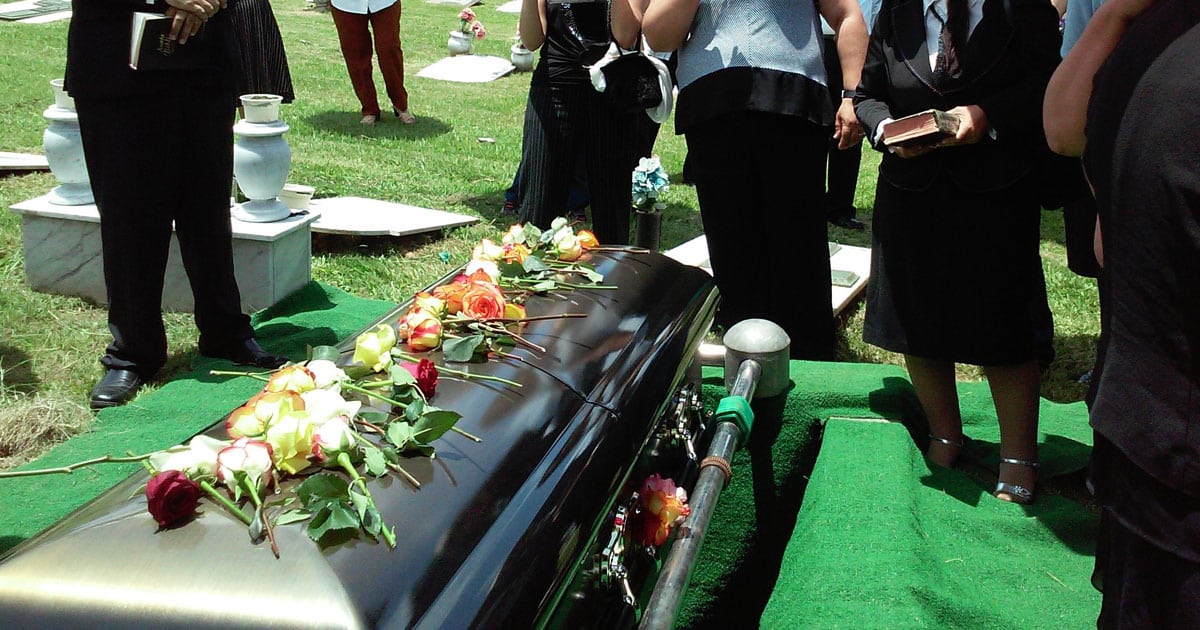The age-old debate between cremation and burial has persisted throughout history, sparking discussions about cultural, religious, environmental, and personal preferences. While both methods offer unique ways of honoring the deceased, the decision to choose one over the other is often deeply influenced by a multitude of factors.
This article delves into the reasons behind why some people opt for cremation while others choose burial, shedding light on the complex interplay of tradition, beliefs, and practical considerations.

Cultural And Religious Beliefs
Cultural and religious views are among the main elements affecting the decision between burial and cremation. Different societies and faiths hold distinct views on how the deceased should be treated after death. For example, in Hinduism, cremation is a fundamental practice as it is believed to release the soul from the physical body and facilitate its journey to the afterlife. Conversely, in Christianity and Islam, burial is more prevalent, as it aligns with the resurrection of the body on the Day of Judgment.
These beliefs deeply influence individuals’ decisions. For those who adhere to specific religious doctrines, the choice may be guided by a sense of duty to follow tradition and uphold the teachings of their faith. These traditions not only provide solace to grieving but also offer a way to connect with ancestral heritage and spiritual values.
Emotional Connections And Personal Preferences
Emotional connections to the deceased play a significant role in the choice between cremation and burial. Some individuals find solace in the idea of visiting a physical grave, placing flowers, and spending quiet moments in reflection. A burial site becomes a tangible space to commemorate the departed, allowing loved ones to feel a sense of presence and connection. This emotional attachment can outweigh other considerations, leading people to choose burial as a way to maintain a physical connection with their loved ones.
On the other hand, cremation can hold appeal for those who prefer a more portable and personal way of memorializing the deceased. The ashes can be kept in an urn, shared among family members, or scattered in a meaningful location. This flexibility allows people to create unique memorialization practices that align with their personal preferences, making cremation a choice that offers a sense of individuality and creativity.
Environmental Concerns
In recent years, environmental considerations have gained prominence in the cremation vs. burial debate. Traditional burial methods involve the use of resources such as wood for coffins, metals for caskets, and embalming chemicals, which can have negative ecological impacts. Cremation, too, raises concerns due to the energy-intensive process and the release of carbon dioxide and pollutants into the atmosphere.
When considering the environmental impact of traditional burial methods, individuals may opt for eco-friendly practices such as green burials or biodegradable cremation caskets, aligning their choices with a commitment to sustainability while still maintaining the essence of a cremation casket. Green burials involve burying the deceased without the use of embalming chemicals and using biodegradable materials for coffins or shrouds. Some individuals choose these options to minimize their environmental footprint and leave a more sustainable legacy.
Practical Considerations And Cost
Practical considerations, including cost and logistical factors, also influence the choice between cremation and burial. Cremation is often considered more cost-effective than traditional burial due to the reduced need for a burial plot, casket, and embalming. This financial aspect can be especially important for families facing budget constraints or those who wish to allocate resources to other aspects of the memorial service.
Burial costs can vary significantly depending on factors such as location, cemetery fees, and the type of casket chosen. Additionally, burial plots in densely populated areas may be limited, which can affect availability and pricing. For individuals with limited resources or those seeking a simpler farewell, cremation can provide a practical solution that aligns with their financial situation.
Changing Attitudes And Trends
Societal attitudes toward death and memorialization have evolved over time, leading to shifts in preferences between cremation and burial. As cultural norms change and people become more open to discussing end-of-life choices, the stigma surrounding certain practices is gradually fading. This has contributed to an increase in the acceptance of cremation as a valid and respectful method of honoring the deceased.
Additionally, factors such as urbanization, population growth, and limited cemetery space have influenced the rise of cremation’s popularity. In crowded urban areas, where available land for cemeteries is scarce, cremation provides a practical solution that conserves space while accommodating the needs of a growing population.
